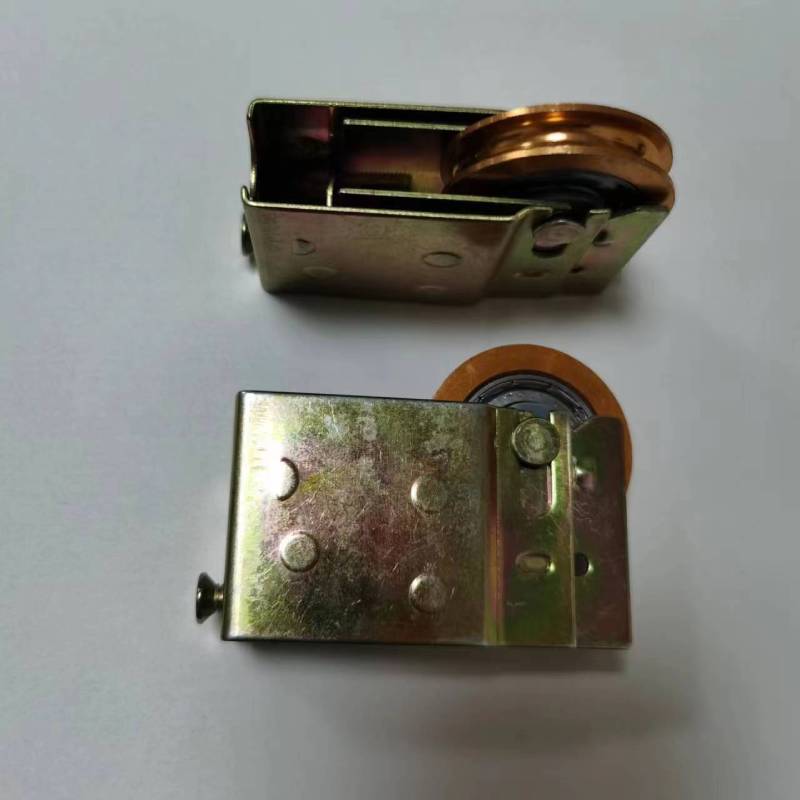fixing sliding door rollers
Fixing Sliding Door Rollers A Comprehensive Guide
Sliding doors are a popular choice for many homes, offering both functionality and aesthetic appeal. However, over time, the rollers that allow these doors to glide smoothly can become worn or damaged, leading to frustration and inconvenience. In this article, we will explore the common issues related to sliding door rollers and provide step-by-step instructions on how to fix them.
Understanding the Problem
The rollers of sliding doors serve a crucial purpose they enable the door to move along the track with ease. If your sliding door is becoming difficult to open or close, there could be several underlying issues
1. Dirt and Debris Over time, dirt, dust, and debris can accumulate in the track, causing obstruction. 2. Worn Rollers Regular use can wear down the rollers, resulting in poor functionality. 3. Misalignment If the door is not properly aligned, it can affect the movement of the rollers. 4. Rust and Corrosion Metal components can suffer from rust, especially in humid environments, hindering their performance.
Tools and Materials Needed
Before starting the repair process, gather the following tools and materials
- Screwdriver (Phillips and flathead) - Vacuum cleaner or a soft brush - Lubricant (silicone spray or graphite powder) - Replacement rollers (if necessary) - Level - Pliers
Step-by-Step Repair Guide
Step 1 Remove the Door
Start by removing the sliding door from its track. To do this, lift the door up and tilt the bottom towards you. This may require some force, especially if the rollers are stuck. Be careful not to damage the door frame or the glass.
Step 2 Inspect the Rollers
Once the door is removed, take a close look at the rollers. Check for signs of wear, such as cracks or flattened areas. If the rollers appear damaged, they will need to be replaced. If they seem dirty rather than damaged, proceed to clean them.
Step 3 Clean the Track and Rollers
fixing sliding door rollers

Using a vacuum or a soft brush, clean the track where the door rolls. Remove any dirt, debris, or obstructions. After cleaning the track, take a damp cloth to wipe it down. For the rollers, you can use a soft brush or cloth to remove any buildup.
Step 4 Lubricate the Rollers and Track
Apply a silicone-based lubricant or graphite powder to the rollers and the track. Avoid using oil-based lubricants, as they can attract more dirt and grime, worsening the problem over time. A few sprays of silicone lubricant should be sufficient to keep everything running smoothly.
Step 5 Replace Rollers if Necessary
If you determined that the rollers are damaged, remove them by unscrewing them from the door. Install the new rollers by following the manufacturer's instructions, making sure they are securely fastened.
Step 6 Realign the Door
Before reattaching the door, check the track’s alignment using a level. If the track is tilted, you may need to adjust it. Once everything is aligned, lift the door back onto the track, making sure the rollers fit properly into the track.
Step 7 Test the Door
Open and close the door several times to test its functionality. It should glide smoothly without any resistance or sticking. If you notice any issues, double-check the alignment and ensure the rollers are adequately lubricated.
Maintenance Tips
To prolong the life of your sliding door rollers, consider the following maintenance tips
- Regularly clean the track and rollers to prevent buildup. - Lubricate the rollers and track every few months. - Inspect for signs of wear and tear, and address any issues promptly.
Conclusion
Fixing sliding door rollers is a manageable task that can significantly improve the functionality of your door. By following the steps outlined above and adopting a regular maintenance routine, you can ensure that your sliding doors operate smoothly for years to come. Whether you're dealing with a minor issue or a complete roller replacement, taking the time to care for your sliding doors will enhance both their usability and longevity.
-
Wrought Iron Components: Timeless Elegance and Structural StrengthNewsJul.28,2025
-
Window Hardware Essentials: Rollers, Handles, and Locking SolutionsNewsJul.28,2025
-
Small Agricultural Processing Machines: Corn Threshers, Cassava Chippers, Grain Peelers & Chaff CuttersNewsJul.28,2025
-
Sliding Rollers: Smooth, Silent, and Built to LastNewsJul.28,2025
-
Cast Iron Stoves: Timeless Heating with Modern EfficiencyNewsJul.28,2025
-
Cast Iron Pipe and Fitting: Durable, Fire-Resistant Solutions for Plumbing and DrainageNewsJul.28,2025
-
 Wrought Iron Components: Timeless Elegance and Structural StrengthJul-28-2025Wrought Iron Components: Timeless Elegance and Structural Strength
Wrought Iron Components: Timeless Elegance and Structural StrengthJul-28-2025Wrought Iron Components: Timeless Elegance and Structural Strength -
 Window Hardware Essentials: Rollers, Handles, and Locking SolutionsJul-28-2025Window Hardware Essentials: Rollers, Handles, and Locking Solutions
Window Hardware Essentials: Rollers, Handles, and Locking SolutionsJul-28-2025Window Hardware Essentials: Rollers, Handles, and Locking Solutions -
 Small Agricultural Processing Machines: Corn Threshers, Cassava Chippers, Grain Peelers & Chaff CuttersJul-28-2025Small Agricultural Processing Machines: Corn Threshers, Cassava Chippers, Grain Peelers & Chaff Cutters
Small Agricultural Processing Machines: Corn Threshers, Cassava Chippers, Grain Peelers & Chaff CuttersJul-28-2025Small Agricultural Processing Machines: Corn Threshers, Cassava Chippers, Grain Peelers & Chaff Cutters












